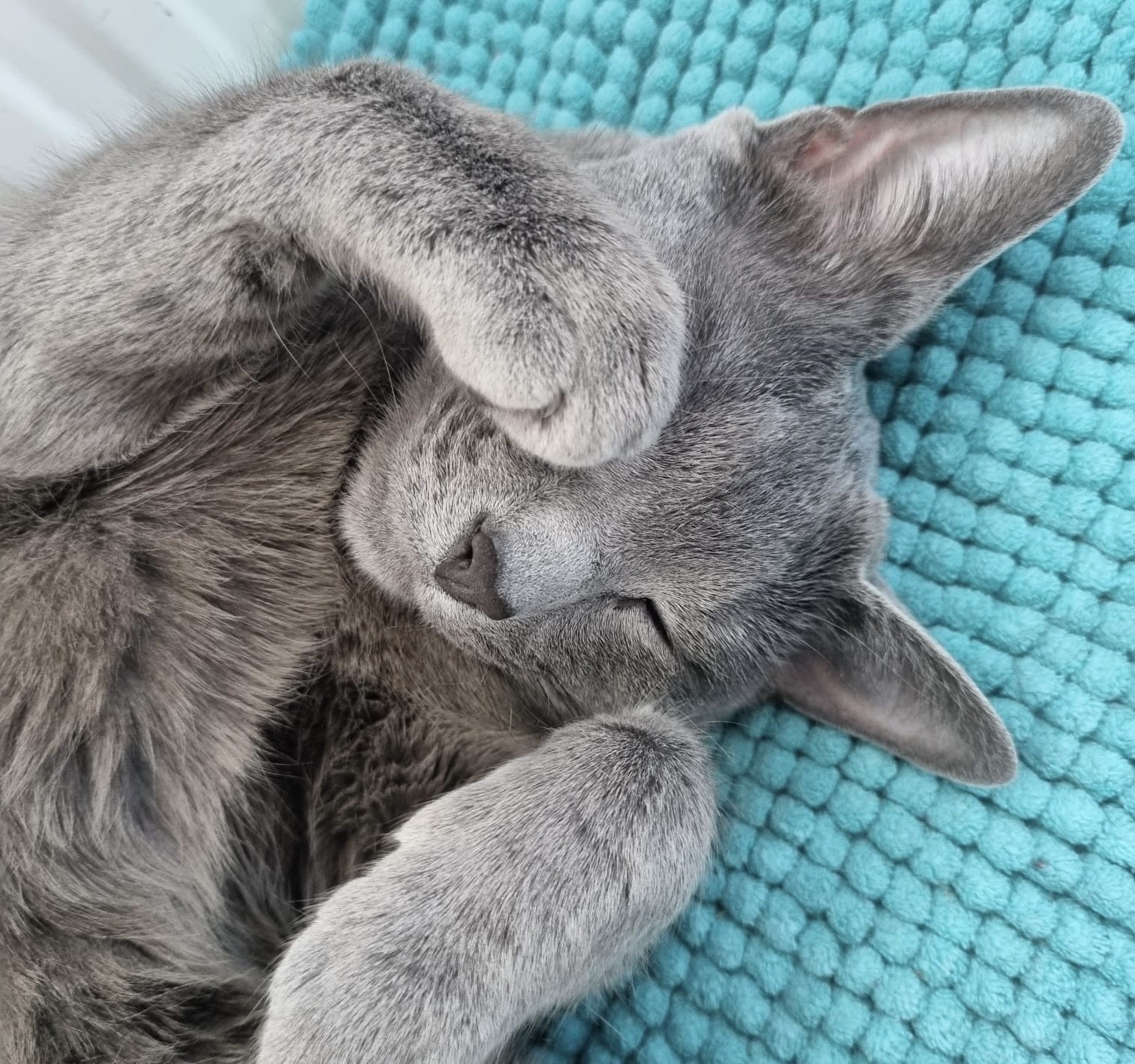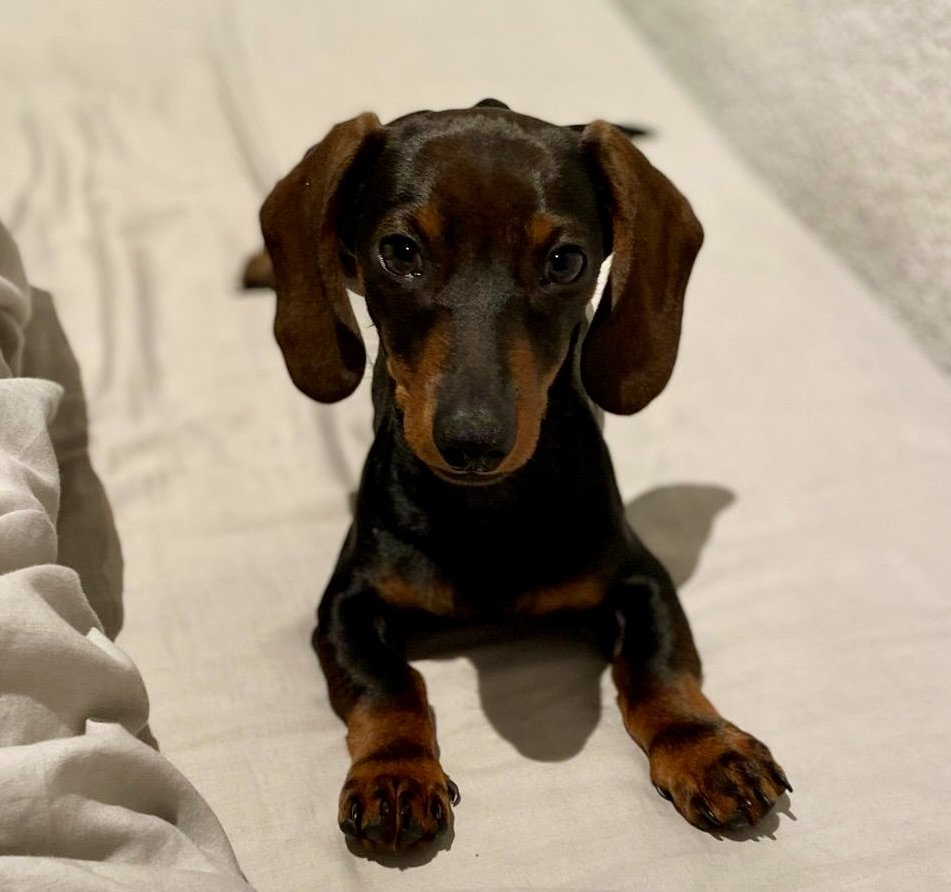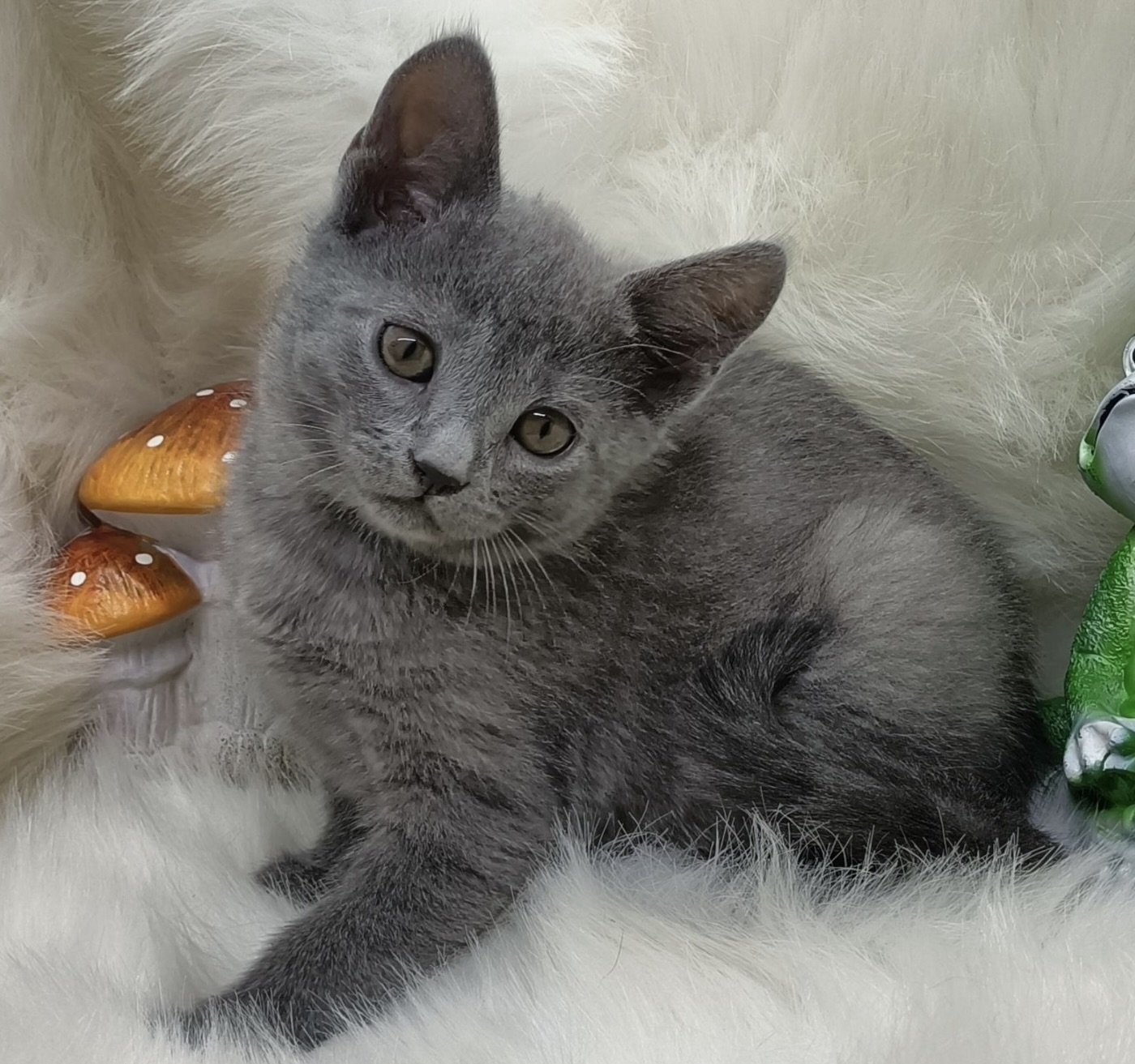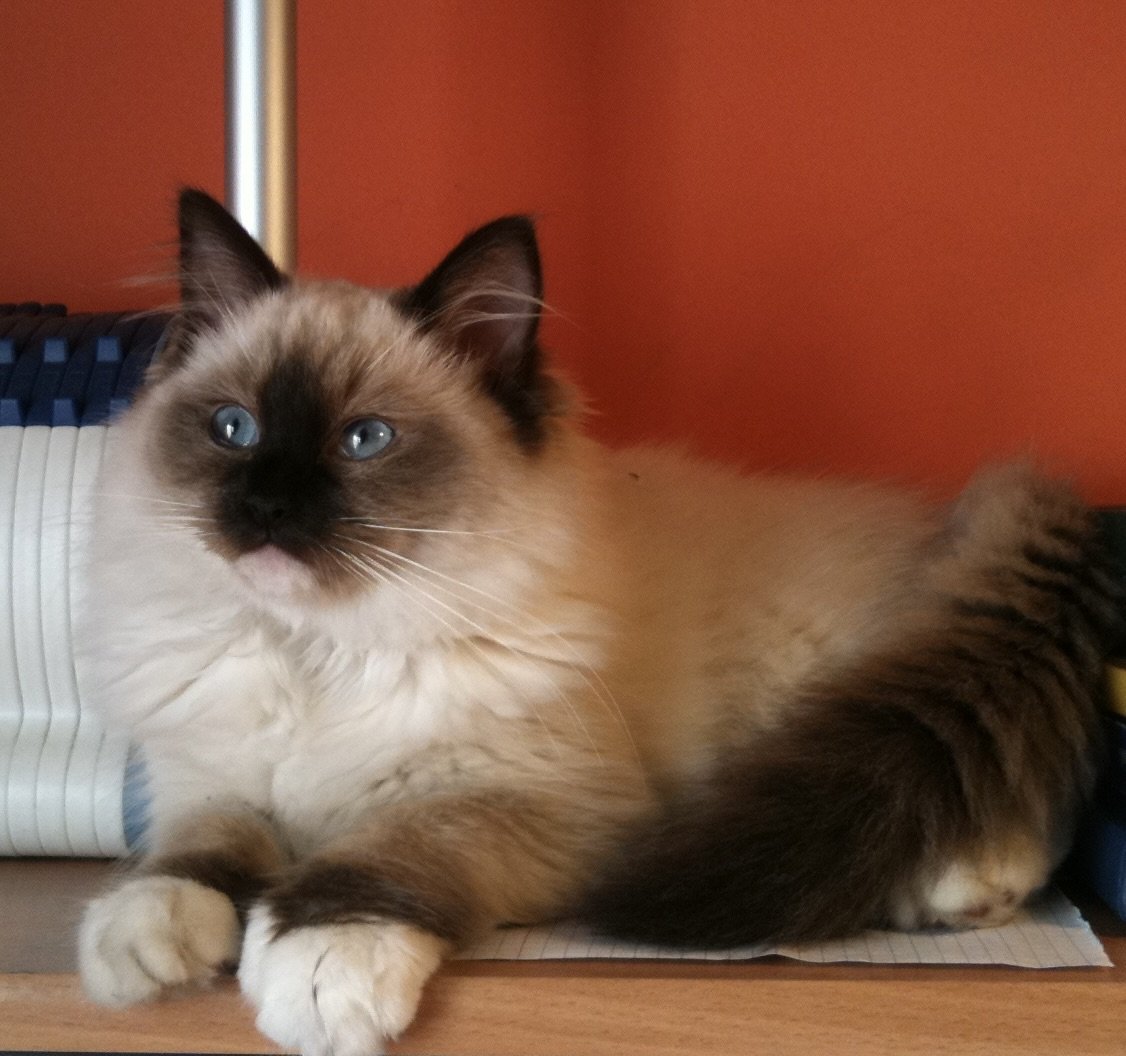
Filters
CLEAR ALLDachshunds are unique and lively diminutive dogs that have found their way into many people's hearts and homes in the United Kingdom and worldwide. Despite their small size, miniature Dachshunds thrive on keeping themselves busy and love a good run around or a walk in the countryside.
Initially, this dog breed was bred in Germany to hunt badgers, rabbits, and wounded game. As a result, these adorable dogs enjoy being out and about, especially if they find an appealing scent to track! However, they are also just as content curling up on a sofa next to their favourite person at the end of a long day. Dachshunds are brilliant, devoted companions, who love being part of a family.
Miniature Dachshunds are short-legged, long-bodied dogs that belong to the hound family. As a result of their unusual appearance, they are often affectionately referred to as "sausage dogs." There are three varieties of Miniature Dachshunds; wire-haired, smooth-coated, and long-haired. They all have long muzzles and almond-shaped eyes that can either be black-brown or dark red.
A smooth-coated Miniature Dachshund’s coat is silky and shiny, whereas wire-haired Dachshunds have more coarse-textured coats. Long-haired Dachshunds boast a luxurious wavy coat of soft fur. All varieties come in a range of colours including black and chocolate, red, cream, sable, dapple, and brindle. However, some colours such as ‘wild boar’ are generally only seen in wire-haired Miniature Dachshunds.
Miniature Dachshunds (also known as Doxies) are known for their loveable nature and cheerful personalities. They love cuddling up under a blanket with their human companion. Moreover, they enjoy the company of other dogs, especially other Dachshunds. These dogs also make exceptional watchdogs.
Today, Miniature Dachshunds are a popular sight in show dog competitions as well as being beloved pets. They also make fantastic working dogs, where they can be used as ratters, hunters, and trackers.
Dachshunds are unique and lively diminutive dogs that have found their way into many people's hearts and homes in the United Kingdom and worldwide. Despite their small size, miniature Dachshunds thrive on keeping themselves busy and love a good run around or a walk in the countryside.
Initially, this dog breed was bred in Germany to hunt badgers, rabbits, and wounded game. As a result, these adorable dogs enjoy being out and about, especially if they find an appealing scent to track! However, they are also just as content curling up on a sofa next to their favourite person at the end of a long day. Dachshunds are brilliant, devoted companions, who love being part of a family.
Miniature Dachshunds are short-legged, long-bodied dogs that belong to the hound family. As a result of their unusual appearance, they are often affectionately referred to as "sausage dogs." There are three varieties of Miniature Dachshunds; wire-haired, smooth-coated, and long-haired. They all have long muzzles and almond-shaped eyes that can either be black-brown or dark red.
A smooth-coated Miniature Dachshund’s coat is silky and shiny, whereas wire-haired Dachshunds have more coarse-textured coats. Long-haired Dachshunds boast a luxurious wavy coat of soft fur. All varieties come in a range of colours including black and chocolate, red, cream, sable, dapple, and brindle. However, some colours such as ‘wild boar’ are generally only seen in wire-haired Miniature Dachshunds.
Miniature Dachshunds (also known as Doxies) are known for their loveable nature and cheerful personalities. They love cuddling up under a blanket with their human companion. Moreover, they enjoy the company of other dogs, especially other Dachshunds. These dogs also make exceptional watchdogs.
Today, Miniature Dachshunds are a popular sight in show dog competitions as well as being beloved pets. They also make fantastic working dogs, where they can be used as ratters, hunters, and trackers.



Miniature Dachshunds stop growing at around 10 to 12 months old and weigh no more than 11 pounds. In comparison, standard Dachshunds weigh between 16 and 32 pounds, meaning there is a gap in weight between these two breeds. Dachshunds that fall into this category are known as “tweenies”. However, unlike the miniature Dachshunds, they are not classed as their own breed.
Mini Doxies have the same build as their bigger siblings, with long, muscular bodies and short stubby legs. In addition, they will stand just 5 to 6 inches (12.7 to 15.2 cm) tall, which is 3 to 4 inches smaller than their bigger siblings.
Like standard Dachshunds, mini Doxies can have one of three coat varieties; long-haired, wire-haired, and smooth-haired. They can also come in a range of colours and patterns, like black and tan, black and cream, chocolate and tan, and chocolate and cream, in addition to red, blue, and fawn shades. These tones can manifest in various patterns, like Brindle, Dapple, Piebald or Sable.
Dachshunds have deep chests for increased lung capacity when tunnelling and long noses to sniff out any game from afar. In addition, they have floppy ears to keep dirt out while underground. Moreover, their round, expressive eyes are one of their most loved appearance traits, having the ability to express a wide range of human-like emotions. These “windows into the soul” can be amber, light brown, or green.
Standard and miniature Dachshunds only differ in size, not personality. Thus, the mini Doxie has the exact lively yet cuddly nature as their larger siblings. They are not considered lap dogs, but their size and affectionate personality make them excellent pups to cuddle up with in front of the TV.
Despite their tiny height, mini Dachshunds still see themselves as big and tough; thus, they will act as guard dogs to their owners, even if the effect is minimal. Without proper training and socialisation, this can develop into aggression towards strangers. So, every mini Dachshund owner should take the time to mould them into a friendly pup.
Mini Doxies display great determination in catching prey, whether real or fake. However, they can often be stubborn, too, especially during training sessions, so don’t hesitate to call a dog trainer for some expert guidance.
Dachshunds certainly do not all have the same personality. Their environment and upbringing play a significant role in their temperament as an adult. Moreover, their coat variety can also determine what they will be like as a companion. For example, long-haired Dachshunds are sometimes calmer and more laid-back, whereas wire-haired Dachshunds can be more outgoing.
Mini Dachshunds do not take up any more space than a cat, so one of the benefits of choosing this breed is not needing a huge house and garden. They are more than happy to spend their days playing inside, providing they get one or two short walks each day. So, regardless of the home you live in, a mini Doxie will fit in perfectly.
When it comes to dogs and cats, if you want your mini Doxie to live with other animals, you’ll need to socialise them with other canines and felines while they are young puppies. They are not a breed to naturally get on with other animals, but they can do if you put in the work. That being said, mini Dachshunds seem to do well in pairs naturally. So, getting two siblings is the best choice if you worry about them being lonely.
Mini Doxies are generally friendly around children but are better for families with older kids who know how to play gently with them. Because of their tiny size, mini Dachshunds are particularly vulnerable to getting hurt by heavy-handed small children.



Their stories
We love happy endings. Discover stories of pets who found their beloved family with the help of The Pedigree Paws <3.

Neo
Russian Blue
We had some concerns purchasing a kitten online but our experience with The Pedigree Paws was great. They connected us with Caroline, the Russian Blue breeder and we had many conversations and received multiple pictures and videos. She answered to all our questions.
The Pedigree Paws verified for us all the vaccinations and health checks to make sure our new kitten was 100% healthy.
Thank you for all your help The Pedigree Paws! Highly recommended!

Jack
Miniature Dachshund
One of the reasons I was hesitant to order a puppy from The Pedigree Paws is because I live in Spain. However they connected me with a very good FCI breeder in Barcelona.
He showed me all the health documents of both parents, their pedigree and answer to all my questions. I am so happy they helped me to find a healthy puppy as finding one by myself was very overwhelming. Contacting The Pedigree Paws was the best decision and I highly recommend them to everybody!

Stitch
Chartreux
From the kittens's selection to the arrival of our Chartreux kitten, The Pedigree Paws was there to assist us. We had great experience with them, and they breeder Alexandra from France with whom they connected us and from whom we got our kitten from. They are very prompt in answering our initial and follow-up questions while our kitten was in transit. Very reliable and trustworthy!
Thank you so much for all your help. We are very happy with our new family member. We will definitely recommend it to all our friends.
Athena
Chihuahua
It's been a few months since we decided to find a Chihuahua puppy to join our family, however we had issues finding a good breeder.
We contacted The Pedigree Paws and they connected us with a very unique breeder in Greece. Many videos and pictures were shown, the breeder shared with us the proof of vaccinations, deworming and her 5 generation pedigree. We were fortunate as George, the breeder was able to deliver the puppy to us personally. We are very pleased with our beautiful Athena. Thank you, The Pedigree Paws, for being truthful and transparent.
Thor
Abyssinian
I feel wonderful having help from The Pedigree Paws finding the dream Abyssinian kitten I was looking for. Thor is the absolute dream! The Pedigree Paws team was really patient and responsible in everything. Lovely experience! They replied to every questions, requirements, and information I ask about the kitten.
Fin
Chihuahua
Thank you for finding for me such a beautiful Chihuahua puppy! I love him so much from the minute I saw him. He changed my world.
Kate, from The Pedigree Paws assisted me through the whole process informing me about everything from health checks to arranging a Pet Nanny to transport Fin directly to my door. So thankful that the experience went so well! I love my Fin.

Emi
Ragdoll
I have always wanted a Ragdoll kitten as it was my dream cat breed, but didnt know how to find one as heard a lot about kitten farms and bad breeders. I reached out to The Pedigree Paws and they were very accommodating and transparent from the start. They offered me few kittens from their list of breeders and when I saw Emi I knew she was the one! We went through the kitten's parents DNA testing as for me that was a priority to have a kitten free from genetic disorders. We sealed the deal and now I have the best kitten I could dream of! Thank you very much for all your help
Shima
Russian Blue
I really wanted a Russian Blue kitten, but was very nervous getting one after reading horror stories about scammers on the Internet. I had my first call with Natalia, from The Pedigree Paws and with her help I was able to connect with the breeder, that I knew I could trust. I am very lucky to have now Shima, she is an absolute joy to live with.
Need some help?
Contact us to speak to our friendly advisor, who will gladly help you find your dream pet!



We are registered in England and Wales under registration number 12568840,
and our registered office is at 58-60 Kensington Church Street, W8 4DB London, England.
© 2023 The Pedigree Paws